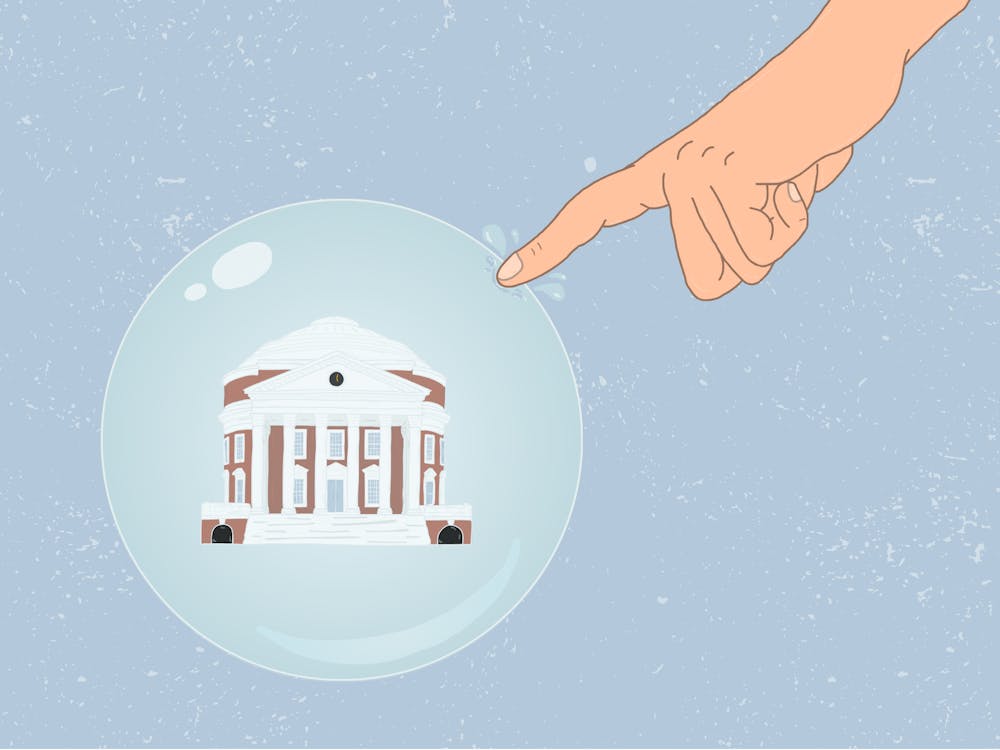In mid-November 1836, the faculty banned the Student Military Company because of its dangerous potential. Students, predominantly sons of southern plantation owners, were irate and banded together to riot and protest. Sixty-three students rioted up and down the lawn, destroying property and shooting guns. They rioted for three days until the State Militia put down the insurrection.
Every year on November 12th, students made tribute to the uprising of 1836 in similar fashion, but in each subsequent year, the riots became less important to the student body. In 1840, only two students, Joseph Semmes and William Kincaid, still had the fire burning inside of them to riot.
That night the two masked and drunk students terrorized the Lawn, shooting their guns and causing a ruckus. Their boisterous actions awakened students and professors, and one professor, the professor of law, John A.G. Davis, living in Pavilion X, had had enough of this behavior. Davis approached Semmes and unsuccessfully tried to unmask him. Semmes, dodging Davis' grasp, stepped back, opened fire on the unsuspecting Davis, and shot him in the stomach.
It took three days for the wound to take its toll, and during those three days while Davis was lying in his deathbed, it is reported that students and faculty asked Davis who had shot him. His response was nothing more than "an honorable man will come forth." Semmes actually did turn himself in days later, escaped and reportedly committed suicide.
In 1842, the new law professor Henry St. George Tucker then established an honor code. Most people say that Tucker did this in tribute to his predecessor's strict reliance on Honor, when in fact this is not true. In truth, the honor system from 1842 was established because of the faculty's pervasive belief that students had been cheating on their final exams, and not because of the death of the law professor. Davis' murder is just further evidence of ill-feelings between professors and students in the early days of the University.






